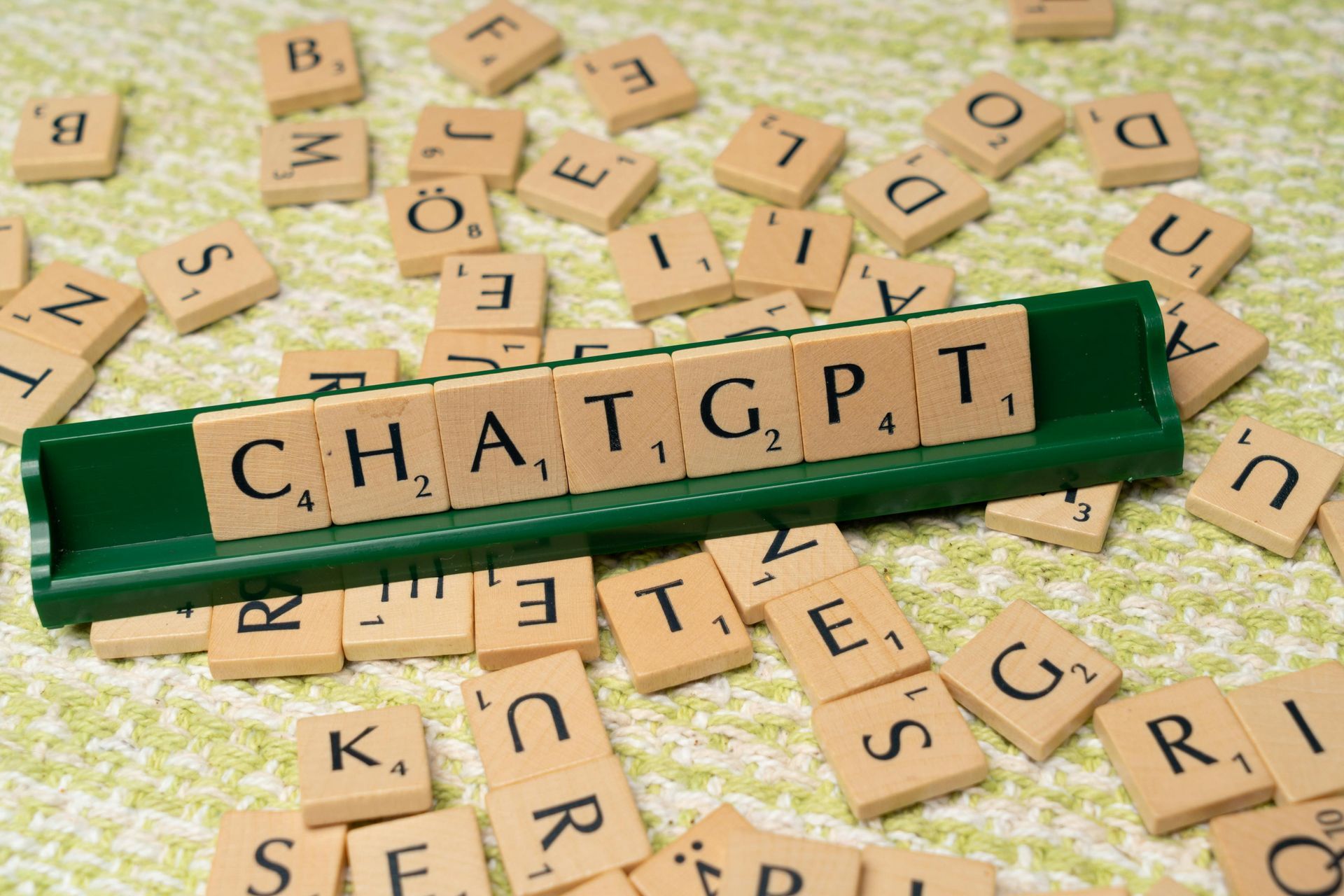No Tricks, Just Treats

Halloween gives us a licence to have a little fun as an agency so this year we’ve teamed up with Ann Wright from Rough House Media and Pennie Withers from Pennie Withers Photography to put together a piece which is informative and allows our social media team to unleash their creative side. So, Halloween be so sweet and give me something great to Tweet!
What to do When a Journalist Ghosts You - Flourish PR
Being ghosted on a cold pitch is a common scenario and
something a seasoned PR professional will take in their stride and work to turn
around. BUT when you first start pitching to media it often makes people want
to give up. So, what do you do when you are being professionally ghosted?
Firstly, it’s important to remember that it is incredibly common and all working PR’s have numerous war stories to tell on this point. It can happen at any stage of the pitch journey from the initial call to five minutes before the interview. It is not usually because the journalist or editor is being rude, but rather an urgent news story will take precedence over your pitch, or the journalist is inundated with other pitches, emails, and calls. Journalists and editors receive hundreds, and in some instances thousands, of emails a day. The key point here is, do not take silence personally and take steps to get the answer you need.
Secondly, be persistent. If at first you do not succeed, try, try, and try again. Being successful in PR means learning to not take no for an answer. Whilst this may sound bullish to some, finding a work around to get a story placed and published is the art to PR and there are many different ways to achieve this. Try a different time, for example, as journalists and editors work in diverse ways and are influenced by the news cycle of their organisation.
Thirdly, pick up the phone. Yes, you read that correctly. Media relations and PR are underpinned by being able to communicate efficiently and effectively. Not all media answer their work phone or give out their mobile numbers, but it is always worth a try as many do.
And finally, don’t burn bridges. There will be reasons why you have not had a response. It could simply be in the quality of your pitch or the timeliness and relevancy of your news. However, this doesn’t mean it won’t be of interest to the journalist or editor in the future. Always remain professional and do not use confrontational language when chasing a response.
Resting Witch Face - Pennie Withers Photography
Today’s commercial climate in the age of social media has made one thing clear – when presented with multiple options, consumers are choosing to work with businesses which show the real people behind the brand. The faces of the business if you like. Add to that, the PR option of Thought Leadership – positioning yourself as an expert in your field – also reinforces that need to show your face.
When talking about Thought Leadership – you might automatically think of blog posts or articles on complementary websites. Whilst this may be true – there are other components which make up the so-called expert’s profile. For example – if someone googles your name – do appropriate photographs appear which convey a professional image? The only way to control this is by putting in the legwork by having a set of professional headshots which will suit your target audience and represent your brand.
Investing in a high-quality headshot taken by a professional photographer is an investment in your personal brand. It shows that you care, that you are willing to commit to portray the right image and more importantly, it conveys the right impression. And given that, according to research, we have less than a tenth of a second to make that impression, you really need to make sure it’s a good one.
Now of course, everyone has a smart phone these days – add to that a bit of ‘portrait mode’ which blurs the background and hey presto – you’ve got a half decent shot. Or perhaps a wedding photographer took a great shot of you at your friend’s wedding recently – with a bit of clever cropping, maybe that would do? Please don’t fall into that trap. At a session with a professional photographer, they will not only direct you in how to stand, but they will also work with light, the background, and use their years of experience in making sure that your headshot is way more than a half decent shot. It becomes a statement piece – you at your best – how you want your audience to see you - the expert in your field. Here are some examples of headshots which portray the appropriate impression for their business:




If these business owners had a less than professional headshot, would you trust them as experts in their field?
Your professional headshot can then be used in many different guises – your website bio, social media profiles, PR articles, blogs, email footers and also LinkedIn. In fact, according to research, you are 14 times more likely to have your profile viewed if you have a professional headshot. And with 575 million* people on LinkedIn, you really do want to find ways to stand out.
Also on LinkedIn, don’t forget that you have the opportunity to use the background image too. This is often a widely forgotten space, but it’s a prime opportunity at the top of your profile to reflect your area of expertise. Use your company colours, logo, graphics etc…to represent the message and essence of your brand.
So, to recap – if you’re looking to position yourself as a Thought Leader and demonstrate you have expertise in a particular field, area, or topic, make sure that the photograph of you that accompanies any piece that you write is bang on brand and shouts ‘I am a professional’ from the rooftops.
Dealing With Skeletons in the Closet - Rough House Media
If you have a well-run company, and deal with difficult situations as they arise, then you should have no skeletons in the closet. In an ideal world. However, even the best run companies, with robust crisis plans they roll out as soon as a challenging issue arises, there may still some areas in which you’d rather journalists didn’t stray.
For example, did your chief executive work for a questionable employer in a former life? Or was there a toxic culture in the past which a former staff member may expose? Have you had a data breach which you didn’t reveal to your clients?
And of course, as the pandemic showed, you can never predict what crises may hit your company – whether it’s within your control or not.
The aim of all your crisis communications should be to prevent a potentially damaging situation spiralling out of control into something which damages your reputation. When a crisis occurs, you will be judged on by the actions you take to resolve the situation and how you communicate with your stakeholders.
Transparent and timely communication can maintain confidence and minimise the impact of a stress scenario upon the organisation by:
·Minimising uncertainty and providing reassurance through proactive responses that you are handling the situation effectively
·Providing a clear and balanced version of events
·Recovering or maintaining the confidence of stakeholders & containing reputational risk
·Helping you return to business as usual as quickly as possible
Four key behaviours will help you navigate a crisis effectively:
1.Do the right thing: put the well-being of people over property and profit, and potentially make unpalatable decisions in the short-term which will protect your reputation in the long term.
2.Have clear messages: make sure all your communications are aligned, clear and consistent across all channels. Mixed messages can sew confusion and may even be dangerous.
3.Keep communicating: respond quickly and don’t let there be a vacuum of information. This is when speculation can grow, and become the received wisdom. You need to become the main source of information as this helps you appear in control about the situation and restores confidence.
4.Get the tone right: in all your communications, you need to take responsibility, balancing humility, and apology with being proactive and robust. Your tone should be proportionate to the issue at hand – for example, it is clearly more serious if someone has been injured than if a laptop has been left on a train, so your tone should reflect this. Always be honest and transparent, and if you have done something wrong, hold your hands up, apologise and promise to fix it.
And finally, the most important factor in all crisis communications is to have a plan. If you are able to roll out your crisis communications plan as soon as the situation breaks, it will save time, reduce stress, help you take control and protect your reputation in the long-term.











